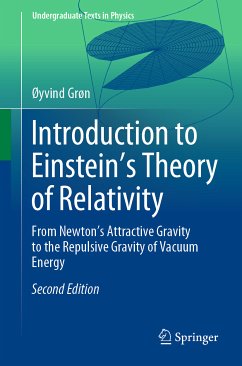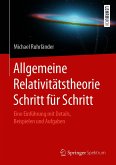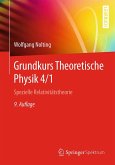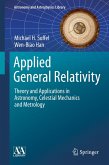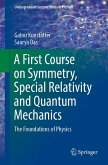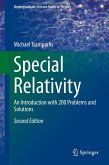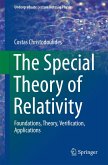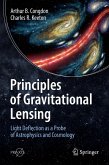Updated throughout, the book contains more detailed explanations and extended discussions of several conceptual points, and strengthened mathematical deductions where required. It includes examples of work conducted in the ten years since the first edition of the book was published, for example the pedagogically helpful concept of a "river of space" and a more detailed discussion of how far the principle of relativity is contained in the general theory of relativity. Also presented is a discussion of the concept of the 'gravitational field' in Einstein's theory, and some new material concerning the 'twin paradox' in the theory of relativity.
Finally,the book contains a new section about gravitational waves, exploring the dramatic progress in this field following the LIGO observations.
Based on a long-established masters course, the book serves advanced undergraduate and graduate level students, and also provides a useful reference for researchers.
Dieser Download kann aus rechtlichen Gründen nur mit Rechnungsadresse in A, B, BG, CY, CZ, D, DK, EW, E, FIN, F, GR, HR, H, IRL, I, LT, L, LR, M, NL, PL, P, R, S, SLO, SK ausgeliefert werden.

